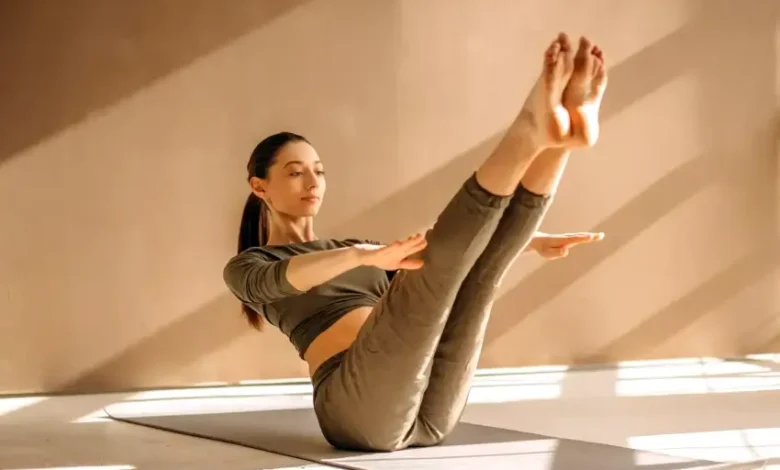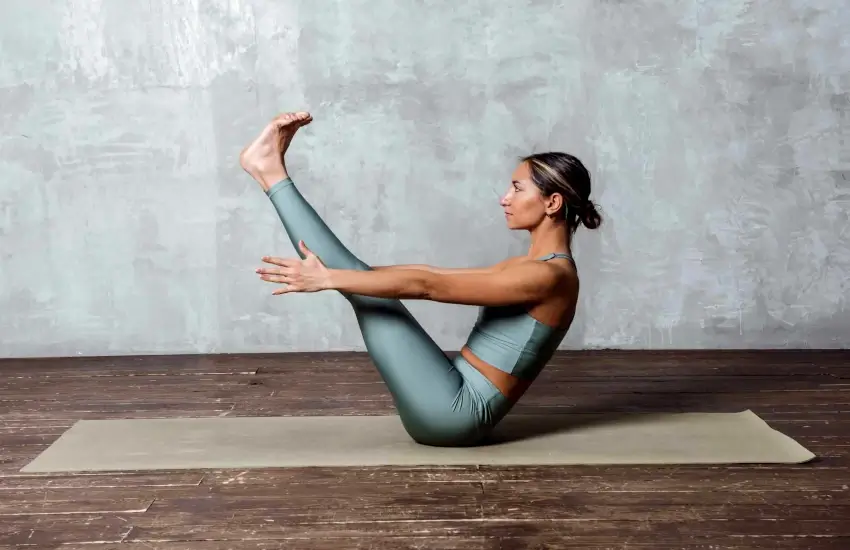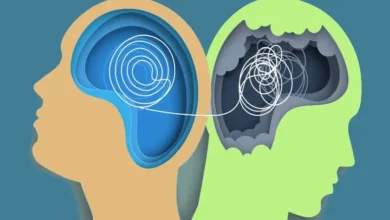Pilates For Health – Strengthen Your Body and Mind

Pilates For health strengthen your body and mind. What if you could find a workout that strengthens your body, improves your posture, and calms your mind all at once? That’s what Pilates is all about. This low-impact exercise method, developed by Joseph Pilates in the early 1900s, has grown into a global fitness phenomenon. With its focus on core strength, flexibility, and balance, Pilates is for everyone, regardless of age or fitness level.
Core Strength and Stability
Pilates is famous for its emphasis on core strength. The core isn’t just your abs it includes the deep muscles of your abdomen, back, and pelvis. Think of it as the foundation of your body. A strong core not only improves your posture but also reduces the risk of injuries. Pilates exercises, such as planks and leg raises, work these muscles deeply, creating a stable base for all your movements.
Flexibility and Posture
Tired of back pain or slouching at your desk? Pilates can help. By focusing on controlled movements and stretching, Pilates enhances flexibility and corrects poor alignment. Over time, you’ll notice a difference in how you sit, stand, and move, reducing tension in your back and neck. It’s like giving your body a tune-up.
Mind-Body Connection
Pilates isn’t just physical it’s mental too. Every exercise encourages you to focus on your breathing and movements, creating a meditative experience. This mindfulness reduces stress, enhances body awareness, and leaves you feeling refreshed. It’s like a workout for your mind and body.
Benefits for All Ages and Fitness Levels
Whether you’re 18 or 80, Pilates has something for you. The exercises can be modified to suit your fitness level, making them accessible to everyone. From beginners to professional athletes, Pilates offers a tailored approach to meet individual needs.
Search for health: Health Benefits of Fasting and How Much Water Should You Drink Daily.
Rehabilitation and Recovery
Recovering from an injury? Dealing with arthritis or chronic pain? Pilates is a game-changer. Its low-impact nature and focus on controlled movements make it a go-to option in physical therapy. It’s gentle yet effective, helping you heal and regain strength.
Improved Athletic Performance
Athletes swear by Pilates for good reason. It enhances strength, flexibility, and coordination—qualities that translate into better performance in sports. Whether you’re a dancer, runner, or swimmer, Pilates complements your training, giving you that extra edge.
Getting Started with Pilates
Ready to dive in? First, decide whether you prefer mat-based Pilates or reformer classes. Look for a certified instructor or join an online class to learn the basics. You don’t need much to get started—just a mat, comfortable clothing, and a willingness to learn.
Conclusion
Pilates isn’t just an exercise; it’s a path to improved health and well-being. With its focus on core strength, flexibility, and mindfulness, it’s no wonder people from all walks of life embrace it. So why wait? Start your Pilates journey today. For more health tips visit our website Media Music Mania.
FAQs
1. What equipment do I need to start Pilates?
A basic mat is all you need to begin. As you progress, you can explore resistance bands or reformers.
2. How often should I practice Pilates?
Start with 2-3 sessions per week and increase as you feel comfortable.
3. Is Pilates effective for weight loss?
While it’s not high-intensity, Pilates helps tone muscles and improve metabolism, supporting weight loss.
4. Can older adults benefit from Pilates?
Absolutely! Its low-impact nature makes it perfect for improving mobility and strength in older adults.
5. What’s the difference between Pilates and yoga?
While both emphasize mindfulness, Pilates focuses more on core strength and controlled movements, while yoga incorporates flexibility and spiritual elements.








